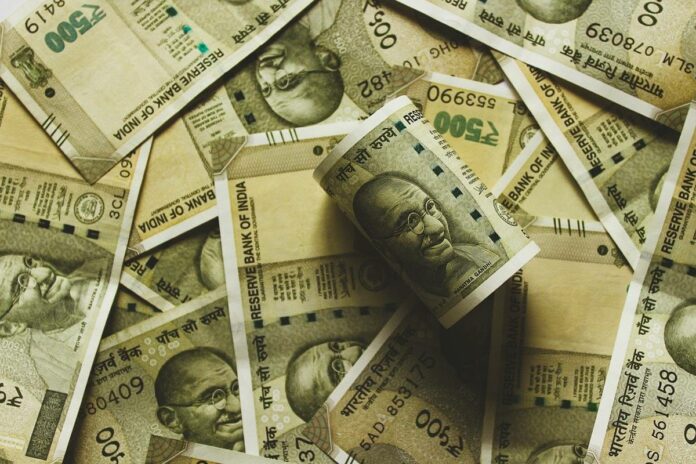India’s unique geography, geology together with its vast climatic diversity makes it prone to this century’s other ‘pandemic‘, climate change.
As part of its endeavor to accomplish sustainable development goals, India has made strides towards a low-carbon economy with ambitious targets such as 175 GW of renewable energy capacity by the year 2022. Such targets warrant massive capital funding.
A step towards achieving such targets was taken in the Union Budget 2022-23 with Finance Minister Nirmala Sitharaman announcing that as a part of the government’s overall market borrowings in 2022-23, sovereign green bonds will be issued for mobilizing resources for green infrastructure.
A green bond, in simplistic terms, is a debt instrument, like any other bond, through which investors can finance sustainable assets or projects.
As clarified by the finance minister, the proceeds from the issue of sovereign green bonds will be deployed in public sector projects which help in reducing the carbon intensity of the economy, such as electric vehicles, mass rapid transport systems, and renewable energy.
As a means of finance, green bonds are fairly new and have garnered a lot of traction in the past decade, with issuers like Yes Bank, EXIM Bank, and Axis Bank raising debt for renewable energy, water management, and low-carbon building projects.
As green bonds are issued for projects ear-marked as ‘green’, they have the potential to attract a larger pool of investors globally given the rapid integration of environmental, social, and governance (ESG) metrics in the process of investment analysis.
Apart from being a good alternative to conventional bank debt which is subject to sectoral limitations, green bonds are an effective tool in driving down the cost of capital and reducing asset-liability mismatches.
Pertinently, as of date, India has the second-largest bond market among emerging markets after China. However, India’s green bond market is roughly less than a tenth the size of China’s, which points to the country’s untapped potential.
The development and growth of a green bonds market in the country may see the entry of new participants such as debt aggregators who pool loans from banks or developers and issue green bonds, securitizing cash flows from the loan pool.
It is imperative to highlight in this context that the performance of green bonds would ultimately depend on the robustness of the bond market in the country.
India’s current sovereign credit rating indicates that many green bonds would also require credit enhancement to attract international investors.
Furthermore, it must be borne in mind that policy measures like the imposition of ‘Basic Customs Duty on import of solar modules and cells into India from April 2022 will increase the overall cost of solar power projects. Regulatory uncertainty is also created by situations where the tariff is unilaterally revised or allotted tenders are canceled.
Follow and connect with us on Facebook, LinkedIn&Twitter

